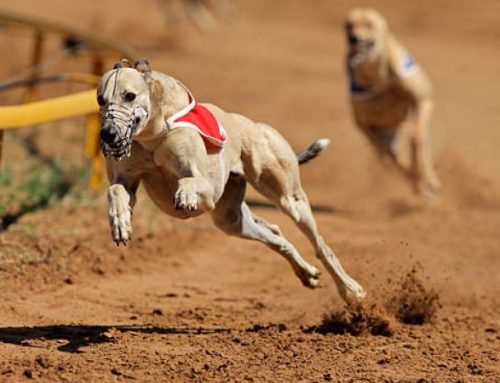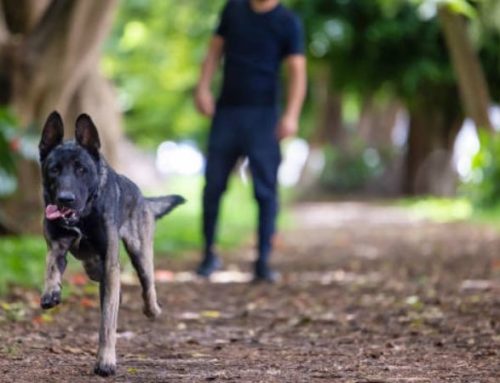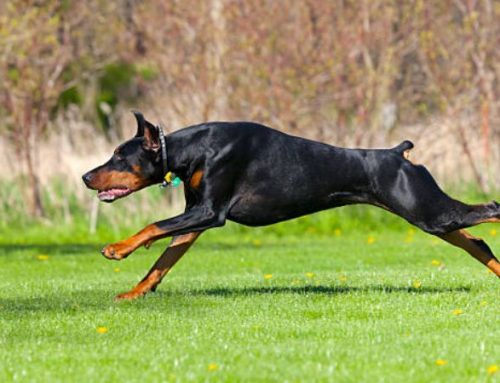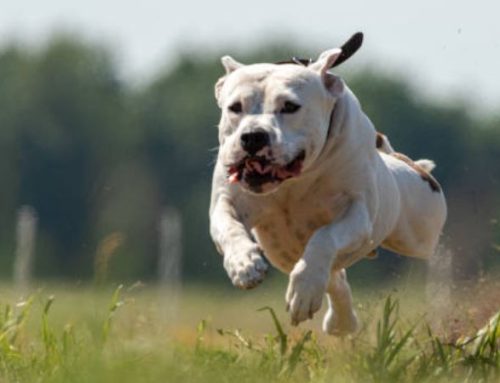When your furry friend’s tummy is in turmoil, mealtime can feel like navigating a minefield. Dogs with sensitive stomachs or digestive issues often struggle to eat, leaving owners stressed and unsure what will actually help. At Nexus-Pets, we break down the best foods to soothe upset stomachs, support digestion, and keep your pup feeling their happiest and healthiest.
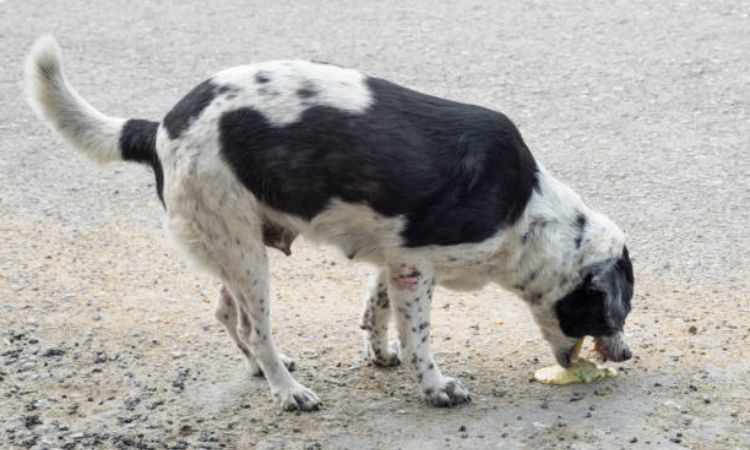
Recognizing the Symptoms of GI Upset
Before making any changes to your dog’s diet, it’s essential to determine whether they are experiencing a gastrointestinal (GI) upset. Understanding the signs can help you decide when to intervene at home and when to seek veterinary care. Common symptoms of GI distress include:
- Vomiting or regurgitation: Dogs may bring up partially digested food or liquid, sometimes repeatedly. Occasional vomiting might not be serious, but frequent episodes require veterinary attention.
- Diarrhea: Loose, watery, or unusually soft stools are a key indicator of digestive upset. Persistent diarrhea can lead to dehydration, so monitoring frequency and consistency is important.
- Loss of appetite: Dogs with a sensitive or upset stomach may refuse food or eat less than usual. Reduced food intake over multiple meals can affect their energy and overall health.
- Lethargy or reduced energy levels: GI issues often make dogs less active or less willing to play. Sudden changes in activity should be noted.
- Abdominal pain or discomfort: Signs include whining, restlessness, a hunched posture, or reluctance to be touched around the belly area.
- Gas and gurgling sounds from the stomach: Excessive flatulence or audible rumbling may indicate digestive irritation or imbalance in gut bacteria.
Recognizing these symptoms early can help you make informed decisions about dietary adjustments, home remedies, or whether to contact your veterinarian. Always monitor your dog closely, as some symptoms may indicate a more serious condition requiring immediate medical attention.
Immediate First Steps: The Bland Diet
When a dog experiences gastrointestinal upset—such as vomiting, diarrhea, or a temporary loss of appetite—the first step in providing relief is often a bland diet. This type of diet is specifically designed to be gentle on the digestive tract, easy to digest, low in fat, and soothing for the stomach and intestines. Its primary goal is to provide essential nutrients while minimizing irritation, giving your dog’s digestive system the chance to rest and recover.
Recommended Foods for a Bland Diet
- Boiled, Unseasoned Chicken Breast: Lean, easily digestible, and gentle on the stomach. Always remove all skin and bones before cooking to prevent fat overload or choking hazards.
- Plain White Rice: A simple carbohydrate that is easy to digest and helps absorb excess water in the intestines, aiding in firmer stools.
- Canned Pumpkin (Plain, Not Pie Filling): A natural source of soluble fiber, which can help regulate bowel movements, reduce diarrhea, and prevent constipation. Ensure there are no added sugars or spices.
- Boiled, Lean Ground Beef: A suitable protein alternative for dogs who prefer beef over chicken. Be sure to drain any excess fat to prevent additional stress on the digestive system.
- Low-Fat Cottage Cheese: Can provide extra protein and beneficial probiotics in small amounts, but only if your dog is not lactose intolerant.
- Plain Sweet Potato or Mashed Potatoes: Soft, boiled vegetables that supply gentle carbohydrates and essential nutrients to support energy levels.
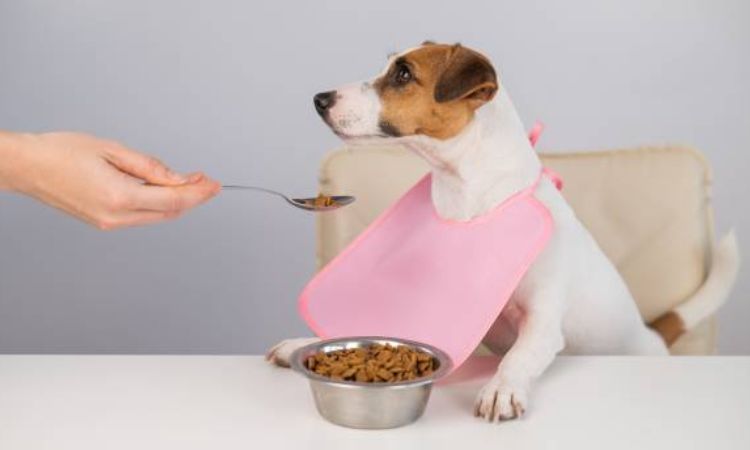
How to Prepare and Feed the Bland Diet
- Preparation: Cook the protein and carbohydrate sources separately. Avoid adding any seasonings, oils, or butter, as these can irritate the stomach.
- Mixing Ratio: Combine the foods in a 2:1 ratio, with two parts carbohydrate (such as rice or potato) to one part protein (such as chicken or beef). This helps maintain a balance that is easy on the digestive tract.
- Serving Size and Frequency: Instead of giving one or two large meals, feed small, frequent meals throughout the day, such as three to four smaller servings. This reduces stress on the digestive system and helps prevent nausea or vomiting.
- Temperature: Allow all food to cool completely before serving to avoid discomfort or burning your dog’s mouth.
By following these steps, you provide your dog with a gentle, nourishing diet that supports recovery from gastrointestinal upset. A bland diet is typically a short-term measure, meant to stabilize digestion and reduce discomfort before gradually transitioning back to their regular, balanced dog food under the guidance of your veterinarian.
Foods and Ingredients to Avoid
When your dog is experiencing gastrointestinal (GI) upset, careful attention to their diet is essential. Certain foods and ingredients can further irritate the digestive system, worsen symptoms, or even cause serious health issues. Avoiding these items will help your dog recover more quickly and prevent complications.
Fatty Foods
High-fat foods are one of the most common culprits for triggering or exacerbating GI issues in dogs. Foods rich in fats, oils, or grease can overwhelm a dog’s digestive system, potentially causing vomiting, diarrhea, or even pancreatitis, a serious inflammation of the pancreas. During a GI upset, stick to lean proteins like boiled chicken or ground beef with excess fat removed.
Seasonings, Onions, and Garlic
Never add seasonings, spices, or flavorings to your dog’s food during recovery. Ingredients like onions, garlic, chives, and certain herbs are toxic to dogs, even in small amounts, and can worsen gastrointestinal distress while potentially causing anemia or other serious health problems.
Dairy Products
Many dogs are naturally lactose intolerant, meaning they cannot properly digest lactose found in milk, cheese, or cream. Feeding dairy products during a period of GI upset can lead to increased diarrhea, bloating, and stomach discomfort. Low-fat cottage cheese can be used sparingly in non-lactose-sensitive dogs, but milk and other dairy products should be avoided entirely.
Human Food Scraps
While it may be tempting to share leftovers, human food scraps are often too rich, salty, or fatty for dogs with sensitive stomachs. Items like fried foods, sauces, processed meats, and rich desserts can further irritate the digestive tract and slow recovery. During GI upset, it is safest to stick strictly to the bland diet recommended by your veterinarian.
Kibble and Treats
Even regular dog kibble or treats may be difficult for a dog to digest during a GI episode, as these foods are designed for normal digestion, not upset stomachs. Treats, chews, and dental snacks should be withheld until your dog’s digestive system has fully recovered. Focus solely on the bland diet until symptoms resolve.
Tip: Keeping a food journal can help track what your dog eats and monitor their response. This ensures that you avoid foods that trigger or worsen GI symptoms and helps your veterinarian provide better guidance if problems persist.
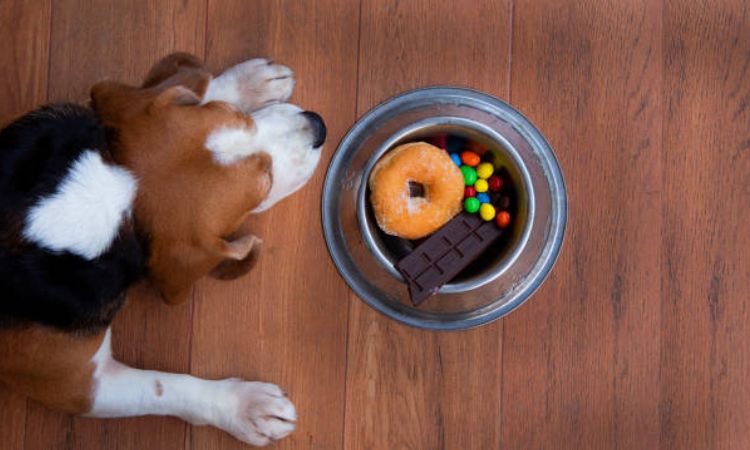
When to Consult a Veterinarian
While a bland diet can be effective for minor gastrointestinal (GI) upset in dogs, there are situations where immediate veterinary care is essential. Recognizing the warning signs early can prevent serious complications and ensure your dog receives proper treatment.
Seek Veterinary Help If Your Dog:
- Has blood in their stool or vomit: The presence of blood may indicate internal bleeding, ulcers, or severe gastrointestinal inflammation. Even small amounts of blood should be taken seriously.
- Shows signs of extreme pain or bloating: Dogs may whine, pace, or adopt a hunched posture if their abdomen is painful. Severe bloating can be a sign of gastric dilatation-volvulus (bloat), a life-threatening emergency that requires immediate attention.
- Is lethargic or unresponsive: A dog that is unusually weak, unwilling to move, or unresponsive may be experiencing dehydration, infection, or another serious systemic issue.
- Has been vomiting or experiencing diarrhea for more than 24–48 hours: Persistent vomiting or diarrhea can quickly lead to dehydration and nutrient loss, which can be dangerous, especially for puppies, senior dogs, or dogs with pre-existing conditions.
- Has a fever: Elevated body temperature can indicate infection or inflammation that may require medical treatment, such as fluids, medication, or further diagnostic testing.
A thoughtful approach to feeding dogs with gastrointestinal problems can make a significant difference in their comfort and overall well-being. By choosing gentle, easily digestible foods and following professional guidance, pet owners help support their dogs’ digestive health—making every meal a step toward recovery and improved quality of life.


